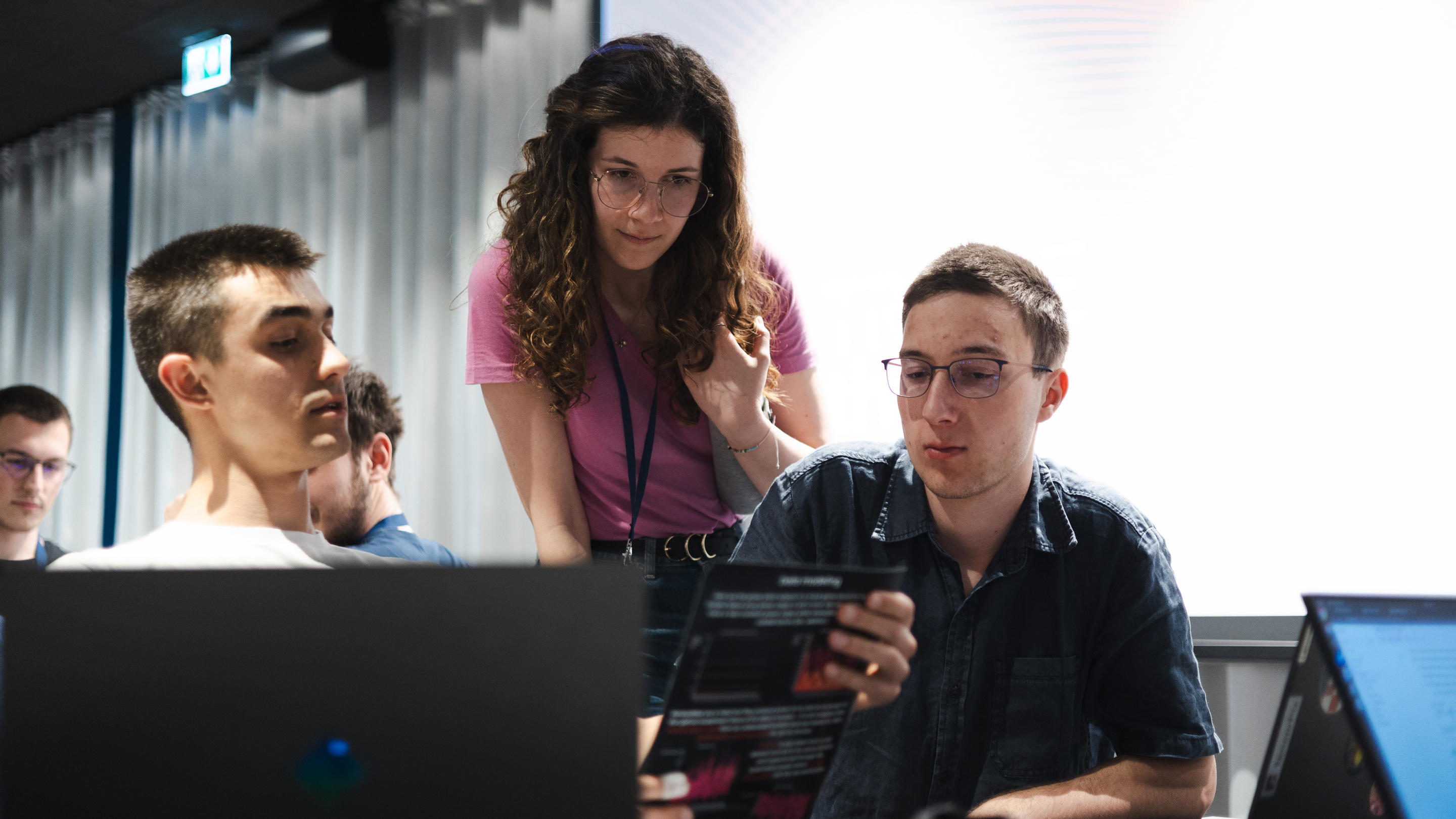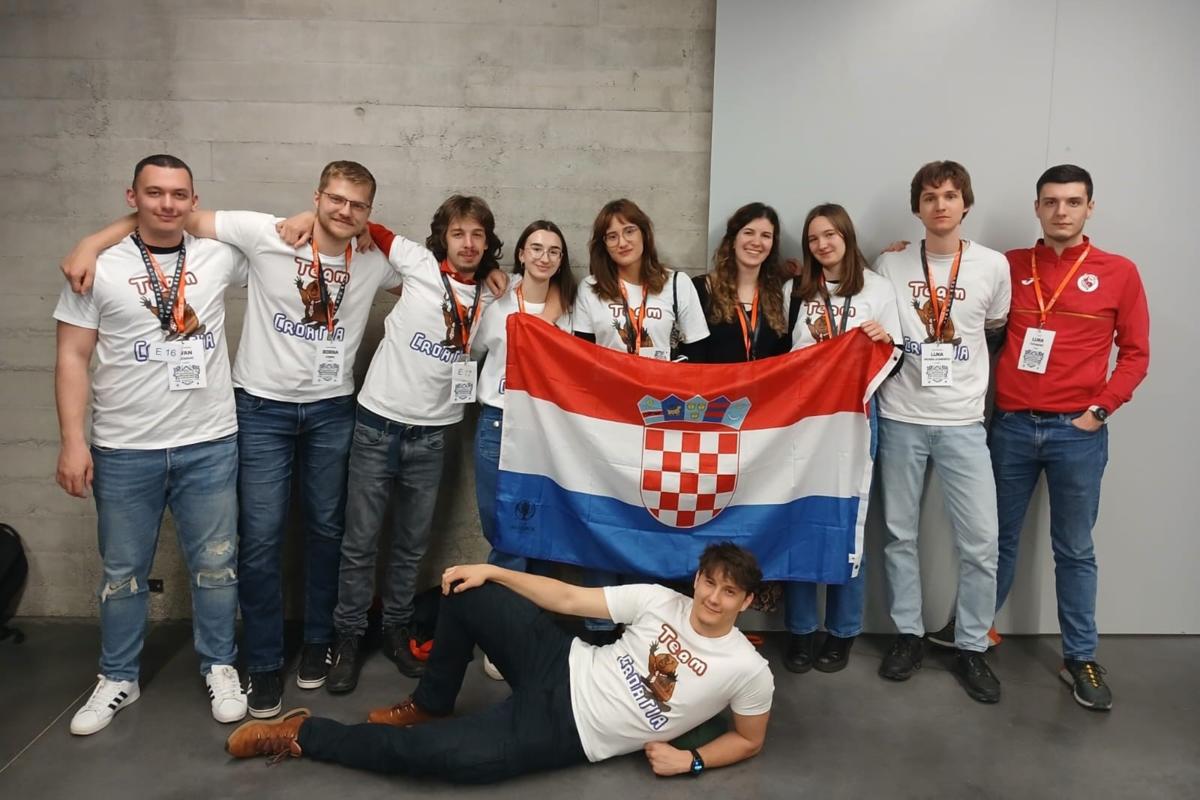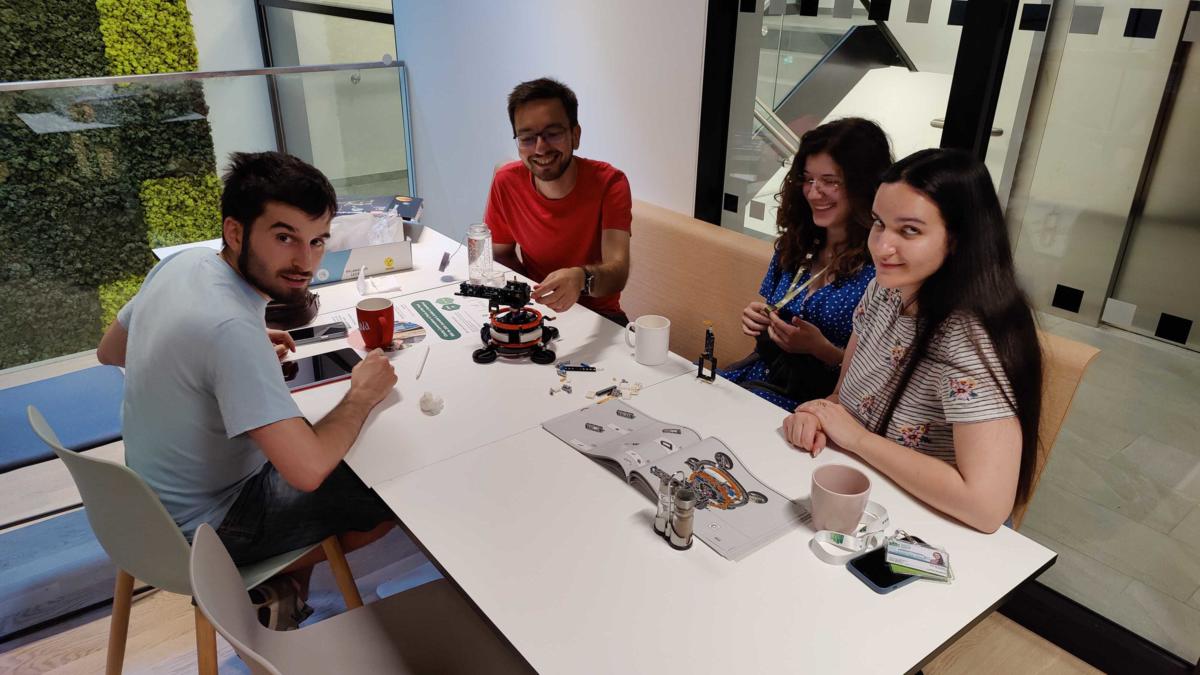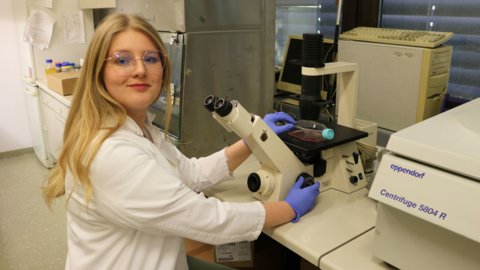Last month, in Poland, a team of Croatian physics students achieved a historic milestone in one of the world’s most demanding and exciting student science competitions. For the first time since Croatia began participating in the International Physicists’ Tournament (IPT), a team of Croatian physics students reached the semi-finals. Competing against 27 countries, Croatia secured an impressive 9th place.
The IPT is not your typical knowledge-based competition. It doesn’t test students on memorised answers but challenges them to explore, model, present, and defend solutions to open-ended physics problems. Much like real scientific research, the students spent months developing solutions, conducting experiments, reviewing literature, and—most importantly—learning how to collaborate. When the competition finally arrived, they had just ten minutes to convince the judges they were on the right track.
But the team’s success isn’t just about knowledge; it’s about how that knowledge is transmitted. This is where Maja Milas comes in—a young scientist from the Ruđer Bošković Institute (IRB), who, alongside her colleague Nino Kovačić, mentored the team, providing them with structure, support, and direction. Their achievement was an excellent opportunity to talk to Maja about the tournament, her scientific journey, mentorship, and what really goes on behind the scenes of such an achievement.
From Gravity to Molecules – Maja’s Journey Between Theory and Simulation
Maja is a 24-year-old PhD candidate in the Computational Biosciences Group at IRB, pursuing her doctorate under the supervision of Professor Ana Sunčana Smith. She graduated in physics from the Faculty of Science, University of Zagreb, and her scientific path has already included industry work, an internship abroad, and several years of participating in the IPT as a competitor. Today, she focuses on theoretical models and simulations of tissues—combining physics, chemistry, and biology with the help of algorithms and high-performance computing.
Her scientific journey hasn’t been linear. “In high school, I was almost certain I would go to the Faculty of Electrical Engineering and Computing,” she says. “But I realised I was more drawn to open questions, and physics offered that space for exploration.”
Deciding to study physics was a turning point. During her studies, she fell in love with theory, graduating with a thesis in gravitational physics. But she didn’t stop at abstract equations. An internship in Austria exposed her to a team working on soft matter physics, inspiring her to return to Zagreb and pursue a PhD in computational biophysics. "Life in Austria is lovely, but for me, nothing beats living in Zagreb, and I’m so happy I stayed here," she says.
IPT as a Scientific Training Ground for Future Researchers
As a mentor today, Maja knows first-hand what it means to participate in the IPT, having competed herself during her studies. That experience gives her an additional perspective in working with students. Regular meetings, consultations, and the challenge of balancing university obligations with tournament preparations are all familiar to her.
“What I value most about the IPT is that students experience there are no guaranteed solutions in science, often not even clear paths. You have the literature, your team, and time—and that’s it. And on top of that, you have to learn how to clearly communicate what you did and why you think it makes sense.”
The Importance of Scientific Communication
Communication became one of the defining aspects of this year’s Croatian team’s preparations. Students regularly gave short presentations, simulated real performances, and focused on answering audience questions. The award won by student Borna Stjepić for his presentation on ‘Chaotic Laces’ is a direct result of this preparation.
“Scientific communication is crucial at a competition like this. This year, we focused even more on it, and we plan to do so even more next year. Students presented their progress in weekly meetings, followed by discussions, and we occasionally simulated the real tournament. I saw enormous progress in all team members over the year, and I’m convinced it helped them present their solutions in the best possible way,” Maja emphasises.
Beyond the Spotlight: The Reality of Preparing for the Tournament
But what does it take to prepare for a competition like the IPT? Maja is quick to dispel any notions of glamour. “It’s not glamorous. You don’t always have the answers. Research, like working with students, can’t be neatly boxed into a nine-to-five schedule,” she explains. “Sometimes the meetings are in the cafeteria, sometimes it’s late-night messages, and sometimes it feels like nothing is happening for weeks. But if you persist, things start falling into place.”
Maja’s experience in the industry, where she learned how teams function in large systems—even giving juniors space to ask questions—proved invaluable. Her internship in Austria, where she was part of a cohesive research group, inspired her to replicate that model with her team: weekly meetings, open discussions, and a culture where admitting “I don’t know” is not just accepted but encouraged.
A Physicist Without Curiosity is Like a Chef Who Doesn’t Enjoy Food
“A physicist without curiosity is like a chef who doesn’t enjoy food —it just doesn’t work. The students I worked with showed great curiosity, and it was genuinely a pleasure to guide them. Our focus is always on developing critical thinking. We ask them to double-check edge cases and thoroughly explore the literature. It’s a long, often exhausting process full of iterations, but the goal is for them to present results they truly believe in.”
The Role of Young Mentors
Can someone at the start of their career be a mentor? Maja thinks not only can they, but they must. “Working with students is an incredible opportunity, especially for those of us just starting our careers. Being close in age means they aren’t intimidated by us, so they feel comfortable asking questions.”
“Mentorship and a scientific career don’t just go hand in hand—they make us better researchers and better people.”
A Community Effort
The Croatian team’s success was not just the result of their hard work and mentorship. The Faculty of Science (PMF) provided the registration fee and space for training, while travel costs were covered through donations from companies and a successful crowdfunding campaign. Family, friends, and social media supporters cheered them on, proving that science is not just about individuals but about community.
Maja is proud of her team’s determination. “Their success is the result of effort, persistence, and enthusiasm. It’s even more impressive given their limited resources compared to teams from other countries.”
Congratulations to Maja and the Croatian team: Karlo Maksimović, Nika Macan, Ema Novak, Luka Passek Kumerički, Borna Stjepić, and Ivan Vučković, with additional support in Poland from Antonio Detelić, Patricia Perak, and Luka Čučuković, while Nino Kovačić was one of the mentors together with Maja.






